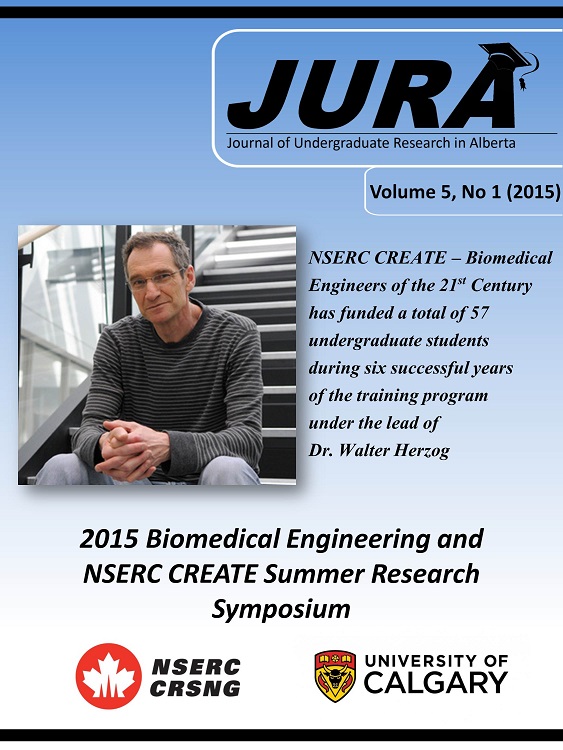TITIN HYSTERESIS AND ELASTIICTY IN ACTIVELY STRETCHED MUSCLE MYOFIBRILS
Keywords:
Titin, muscle myofibril, hysteresisAbstract
INTRODUCTION
Titin is a protein that spans the length of a half sarcomere in skeletal muscle myofibrils. It behaves like a molecular spring within the myofibril, playing a role in stabilizing sarcomeres and regulating passive force [1, 2]. Isolated titin has been shown to be essentially elastic if immunoglobulin (Ig) domain unfolding/refolding is prevented [3]. In its native, sarcomeric environment, it has been suggested that stretching and holding a myofibril at very long lengths produces a time-dependent unfolding of all Ig domains, thus, allowing titin’s elastic behavior to be exhibited [4]. Experiments on active myofibrils showed a decrease in force and a persistent hysteresis throughout a stretch-shortening (SS) protocol, suggesting a time-dependent unfolding of Ig domains [5]. Holding active myofibrils at long lengths prior to stretch-shortening cycles should allow most (all) of the Ig domains to unfold thus reducing (eliminating) force loss and hysteresis. The goal of this study was to test the hypothesis that holding myofibrils at long lengths prior to small stretch-shortening cycles would result in essentially elastic properties of myofibrils, compared to the highly visco-elastic properties for conditions without holding.
METHODS
Rabbit psoas muscle myofibrils (n = 5) with clear striation patterns were tested. Single myofibrils were attached at one end to a glass needle (to control length) and at the other end to a nanolever (to quantify force). Myofibrils were activated at an average sarcomere length of 2.7 µm, and then stretched to a length of 5.2 µm/sarcomere, where they were held for 2 minutes to allow for Ig domain unfolding to occur. The myofibril then underwent a SS protocol with amplitude of ± 0.25 µm (10 cycles) before being shortened to its original length. Myofibril length, diameter, and force were quantified. Diameter was used to calculate cross-sectional area, which accommodated the calculation of myofibril stress from force. Hystereses were calculated as the difference in area under the loading and unloading curves for each SS cycle of the force-length plots.
RESULTS
Peak stress throughout the 10 cycles remained approximately constant, averaging 102 % relative to the first cycle (Fig 1a). Hysteresis did not follow a specific trend throughout the 10 SS cycles (Fig 1b).
DISCUSSION AND CONCLUSIONS
The “constant” peak forces are indicative of elastic recoil of myofibrils during the SS cycles. However, the persistent and random hystereses are indicative of viscous properties. If Ig domains were still unfolding during the SS cycles, peak stresses should also decrease. Since this is not observed, we suggest that all Ig domains are unfolded in this experiment, and that the viscous behaviour producing the hystereses must come from a source other than titin. At this point, any proposition as to the origin of the remnant hystereses is highly speculative but might be associated with titin binding-unbinding to another structural (titin) or contractile (actin) protein that is forming and breaking continuously during the SS cycles.
Downloads
References
Herzog JA et al. Mol Cell Biomech. 11: 1-17, 2014.
Kellermayer MSZ et al. Science. 276: 1112-1116, 1997.
Herzog JA et al. Biophysical Society Annual Meeting (poster), 2014
Herzog, JA, et al., Biophysical Society Annual Meeting (poster), 2015
Downloads
Published
Issue
Section
License
Authors retain all rights to their research work. Articles may be submitted to and accepted in other journals subsequent to publishing in JURA. Our only condition is that articles cannot be used in another undergraduate journal. Authors must be aware, however, that professional journals may refuse articles submitted or accepted elsewhere—JURA included.


